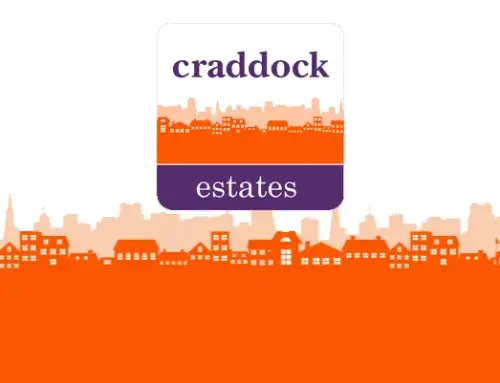Cost to deliver new home rises to almost €400,000
Households in the greater Dublin area must have a combined income of €127,000 to afford a new three-bed semi while the minimum income needed in Galway stands at €115,000
The average cost to deliver a new three-bedroom, semi-detached home has risen to nearly €400,000 as costs of material and labour increase, a new report by the Society of Chartered Surveyors Ireland (SCSI) shows.
With the greater Dublin area having the highest costs, households in the region now must have a combined income of €127,000 to afford one of these homes while the minimum income needed in Galway stands at €115,000.
In the north-west and the midlands, which are the cheapest areas in the country, income requirements range between €85,000 and €87,000.
The SCSI report shows that the average delivery cost of these homes nationwide has now reached €397,000, dropping to €386,000 if Dublin is excluded.
The greater Dublin area has the highest cost of any region in the country at €461,000, with the north-west being the cheapest at €354,000.
Chartered quantity surveyor Micheál Mahon, one of the report’s authors, said the impact of the pandemic and the war in Ukraine have been the main contributors to the increase in ‘hard costs’ over the past two years.
Hard costs include materials and house building and make up 53% of the overall delivery costs, while soft costs, which includes the cost of land, levies, tax, and financing, make up the remaining 47%.
The report shows that the hard cost increases are being driven by higher energy costs, fuel costs, and building material prices.
These hard costs range from €198,000 in the north-west region to €228,000 in the greater Dublin area.
Soft costs range from around €156,000 in the north-west region to just over €233,000 in the greater Dublin area.
“While cost inflation has increased very significantly in recent years, recent SCSI surveys indicate prices are levelling off,” said Mr Mahon.
Using average market value data of new three-bedroom, semi-detached properties across the various regions, the report assessed the financial viability of new home building in different parts of the country.
The report shows there are some regions in the country where constructing new three-bedroom semis is just not viable due to lower market values. It determines financial viability by subtracting market value from overall delivery costs.
In the midlands region, the average viability gap is €52,000, followed by the Cork region at €50,000 and the north-east region at €45,000.
The two regions where the delivery of new three-bedroom semis is the most viable are Galway and the greater Dublin area.
SCSI president Enda McGuane said the Government should pause future increases to connection charges and levies, as well as ensure the planning process is fit for purpose to de-risk development and bring down cost.
On the affordability issue, Mr McGuane said the SCSI believes the Department of Housing should review the first homes scheme (FHS) purchase price ceilings to ensure the “shared equity scheme is accessible to average market values for each county”.
“The price ceilings should then be adjusted in line with construction inflation to avoid the ceilings becoming inaccessible in the future,” said Mr McGuane.
The FHS is a shared equity scheme that means that the Government and participating banks pay up to 30% of the cost of a new home in return for a stake in the home. The stake can be bought back at any time.
The scheme is only used on new builds or for those building their own home.
The report is due to be launched today at the SCSI’s national conference.
By Ronan Smyth

